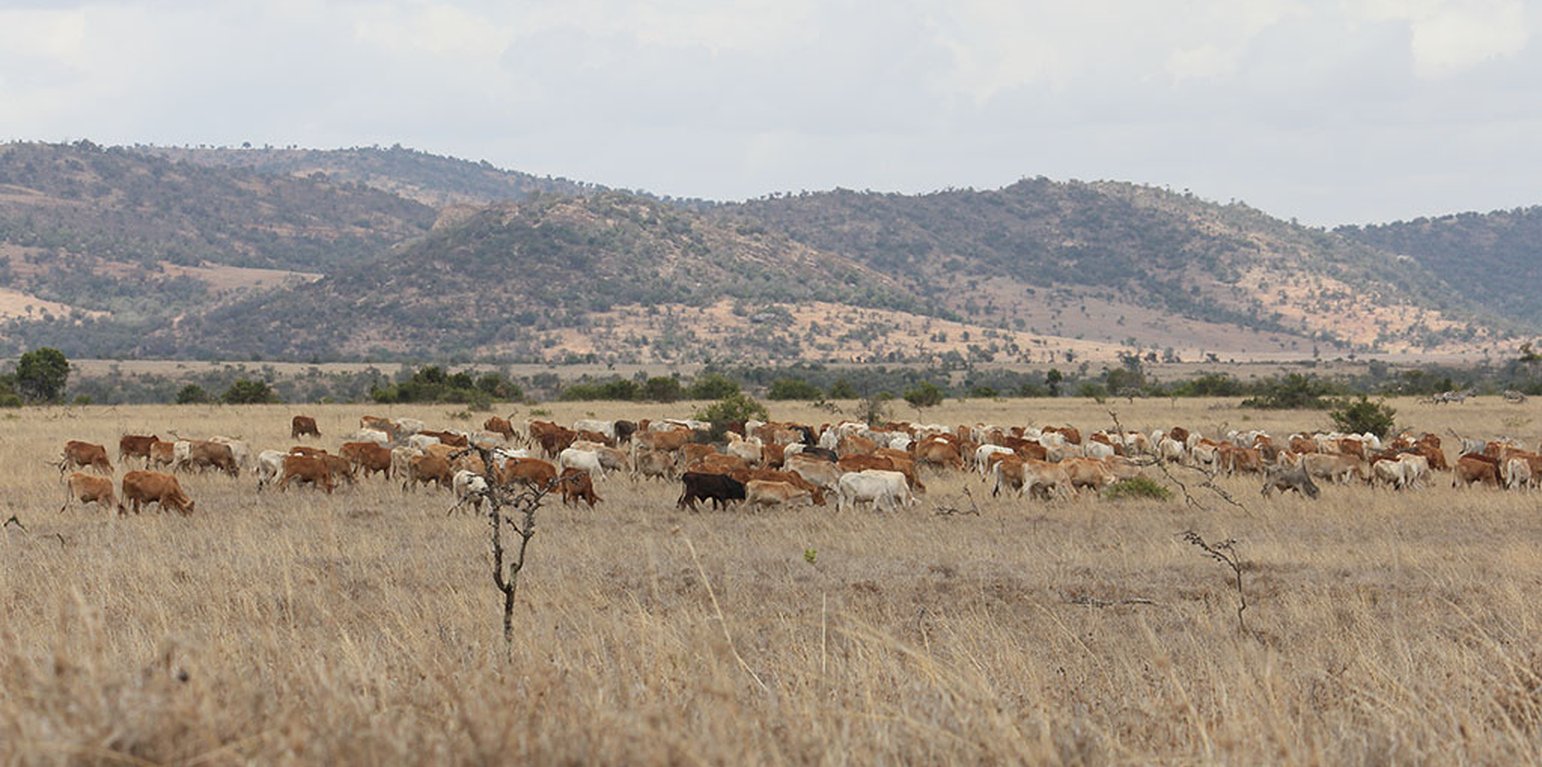



Livestock production on Borana ranch is carried out under extensive grazing for beef, dairy, and sheep production. There is strategic fattening and offtake for sales in harmony with conservation principles. The Borana Conservancy is a non-profit organisation, also belonging to the ranch – on the same land - dedicated to the sustainable conservation of critical habitat and wildlife. Ranching contributes financially to the running of the conservancy.
“Holistic Management” (HM) as described by Allan Savory (1988) and promoted by Laikipia Wildlife Forum in Laikipia, is a method that integrates decision-making, planning, and livestock keeping. On the land, this means bunching of all livestock close together in order to act as a "plough" and break the soil to help incorporate seeds and nutrients. Water also infiltrates better. The aim is to improve plant growth and thus soil. Furthermore, it means moving the animals together from block to block, by planned rotational grazing with resting periods. HM aims at managing high numbers of livestock and simultaneously restoring degraded land. However, Holistic Management principles remain controversial.
Livestock herders employed by Borana move different herds of animals rotationally from one grazing area to the next. A defined grazing area lasts for around two months, with a resting period of six months. However, the grazing area and period vary a lot depending on rainfall. During the wet season, livestock usually spend more than two months within the same block. Cattle herds are split depending on their function as offtake for sales, or as breeding stock. The selling stock is located on the eastern side of Borana (currently 600 Head of cattle), while the breeding stock is on the western side (currently 1,800 Head of cattle). Sheep are grazed on the western side too (currently 1,200 Head of cattle).
A calf stays with its mother until it is about six months old. Then a few males are selected as bulls, and all others castrated. At the same time females are selected for breeding to rebuild stock. Only one bull was purchased from outside, in 2013 which was a rare exception.
Livestock are sold to butchers in local centres (e.g. Nanyuki, about 50 km distance), in the capital Nairobi (about 300 km away), and to the son of the owner, who runs a business nearby. Usually, only old and disabled cows are selected for selling.
Borana helps neighbouring group ranches with improved genetics - and access to their land for fattening purpose. It also acts as a grass bank during droughts. According to Borana management, boundaries between Borana and community ranches, which once clearly defined the difference between managed and over-grazed lands, are becoming less clear.
Typical of private ranches in Laikipia, Borana supports some of the highest densities of wildlife in Kenya. The wild herbivore biomass density on private ranches is estimated by Georgiadis (2007) at 14 ha /TLU.
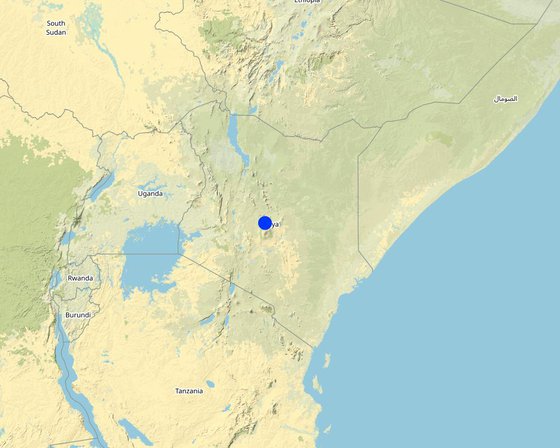
ទីតាំង: Mukogodo District, Laikipia, ប្រទេសកេនយ៉ា
ចំនួនទីកន្លែងបច្ចេកទេស ដែលវិភាគ: មួយកន្លែង
ការសាយភាយនៃបច្ចេកទេស: ត្រូវបានផ្សព្វផ្សាយត្រឹមតំបន់មួយ (approx. 100-1,000 គម2)
តើស្ថិតក្នុងតំបន់ការពារអចិន្ត្រៃយ៍?:
កាលបរិច្ឆេទនៃការអនុវត្ត: 2008
ប្រភេទនៃការណែនាំឱ្យអនុវត្តន៍៖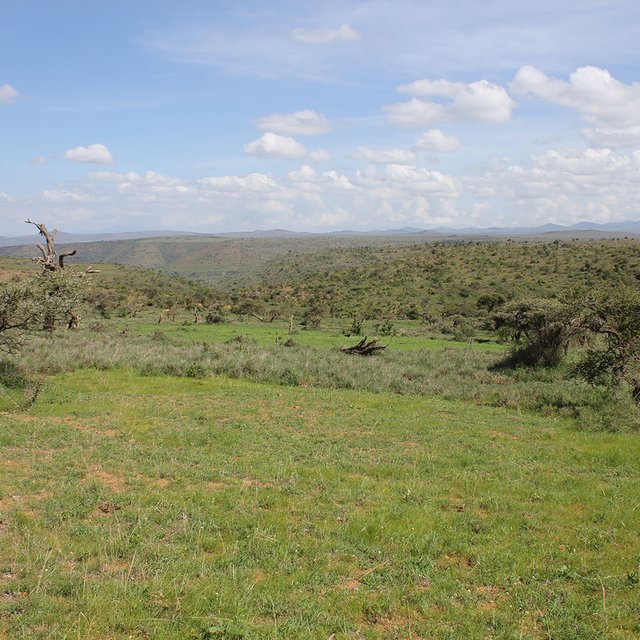
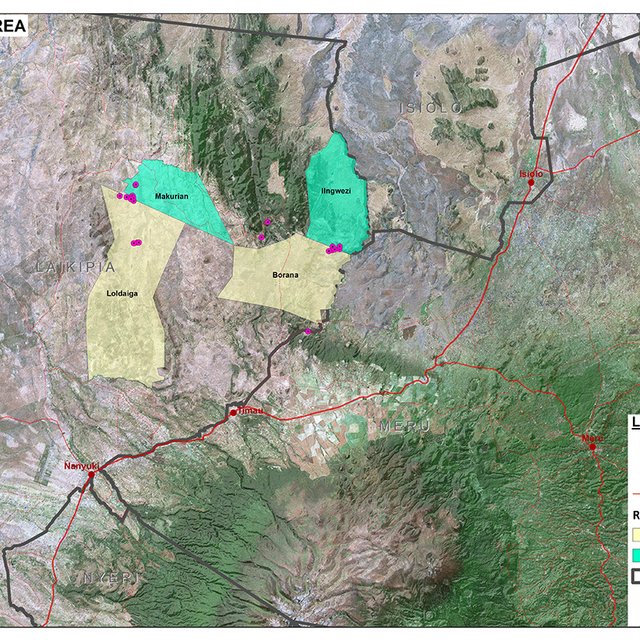

| ប្រភេទពូជ | ចំនួន |
| សត្វចៀម | 1000 |
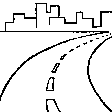





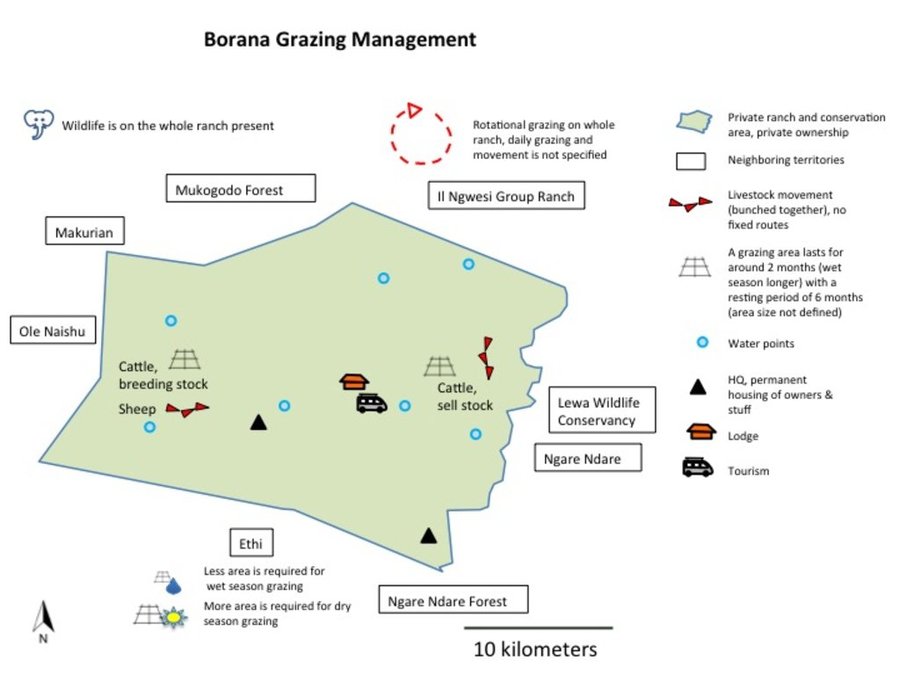
| បញ្ជាក់ពីធាតុចូល | ឯកតា | បរិមាណ | ថ្លៃដើមក្នុងមួយឯកតា (ដុល្លារ) | ថ្លៃធាតុចូលសរុប (ដុល្លារ) | % នៃថ្លៃដើមដែលចំណាយដោយអ្នកប្រើប្រាស់ដី |
| កម្លាំងពលកម្ម | |||||
| Herders/employees | Person*days | 16200,0 | 4,0 | 64800,0 | 100,0 |
| Insurance | Unknown quantity | 1,0 | 3900,0 | 3900,0 | |
| សម្ភារៈ | |||||
| Vehicle | Unknown quantity | 1,0 | 3700,0 | 3700,0 | |
| ផ្សេងៗ | |||||
| Animals treatments | Per TLU | 1780,0 | 11,0 | 19580,0 | |
| ថ្លៃដើមសរុបសម្រាប់ការថែទាំដំណាំតាមបច្ចេកទេស | 91'980.0 | ||||
| ថ្លៃដើមសរុបសម្រាប់ការថែទាំដំណាំតាមបច្ចេកទេសគិតជាដុល្លារ | 91'980.0 | ||||
Quality of pasture
Better quality of animals
Cooperation with Group Ranches
Good: Cooperation with Group Ranches. But still danger of invaders. Good pasture attracts herders in distress (e.g. pastoralists from further north)